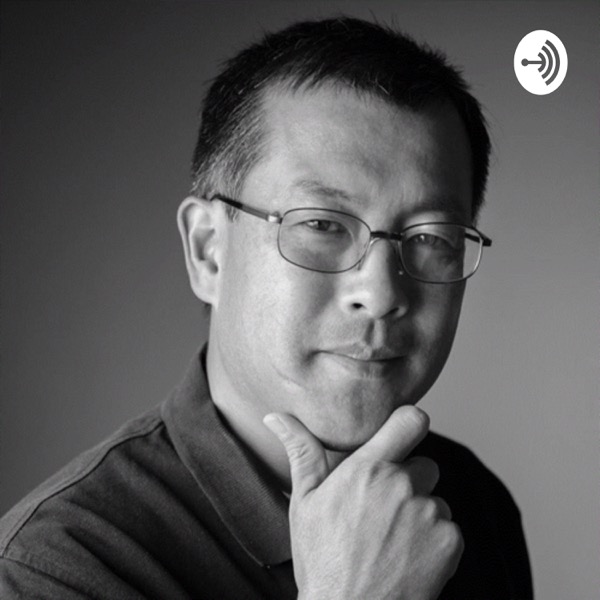Understanding Nanotechnology Quantum Dots , Colloids , Cantilevers , Dendrimers , Nanoshells
ML - The way the world works - analyzing how things work - En podkast av David Nishimoto

Kategorier:
Quantum Dots contain only a few hundred atoms. Because the electrons in a quantum dot are confined to widely separated energy levels, the dot emits only one wavelength of light when excited. The size of the dot determines its electronic, magnetic, and optical properties. Quantum Dot Corporation has developed a QD cadmium selenide nanoparticle for use as biological labels. Researchers can tag proteins and nucleic acids with QD and illuminate them with ultraviolet light and the crystal will fluoresce at a specific wavelength and show the location of attached proteins. How does a QD work? An organic dye molecule absorbs only photons of light with just the right energy to lift its electrons from their quiescent state to one of the higher levels available to them. The incident light must be exactly the right wavelength or color. The molecule will emit a photon when the electron falls to a lower energy level. Colloids: nanoparticles in suspension. IBM is exploring using colloids to build ultrahigh density data storage. IBM is using colloids containing magnetic nanoparticles 3 nm across, each composing of about 1,000 iron and platinum atoms. The colloid is spread on a surface and the solvent allowed to evaporate and these nanoparticles crytalize into 2 or 3 dimensional arrays. These arrays could hold trillions of bits per square inch. Cantilevers: IBM is exploring using atomic force microscopes to screen samples for certain genetic sequences. They attach short strands of DNA to the tops of cantilevers. When genetic material carrying a complementary sequence binds to the anchored strands, it induces a surface stress, which bends the cantilevers subtly, by use nanometers, but enough for detection. Dendrimers: An dendrimer is an artifical molecule. Dendrimers are globular molecules about the size of a typical protein, but they do not come apart or unfold because they are held together with stronger chemical bonds. Dendrimers can be engineered to transport DNA into cells for gene therapy. Dendrimers offer control. It may be possible to design dendrimers that spontaneously swell and liberate their contents oly when the appropriate trigger molecules are present. This ability would allow a custom-made dendrimer to release its load of drugs I just the tissues or organs needing treatment. Nanoshells: Nanoshells are extremely small beads of glass coated with gold. Nanoshells capture energy in near-infrared fashion. Such a nanoshell could be made to deliver drug molecules at specific times by attaching it to a capsule made of heat-sensitive polymer. The capsule would release its contents only when gentle heating of the attached nonshell caused it to deform. Another more dramatic application envisions connecting nanoshells with antibodies. The antibodies attach to the tumor cells and the nanoshells are heated using high power infrared sufficiently to destroy the cancer cells, while leaving nearby tissue unharmed.

